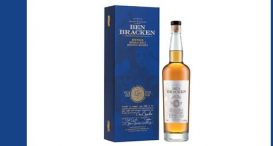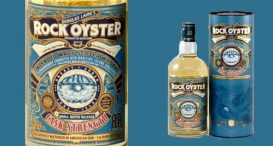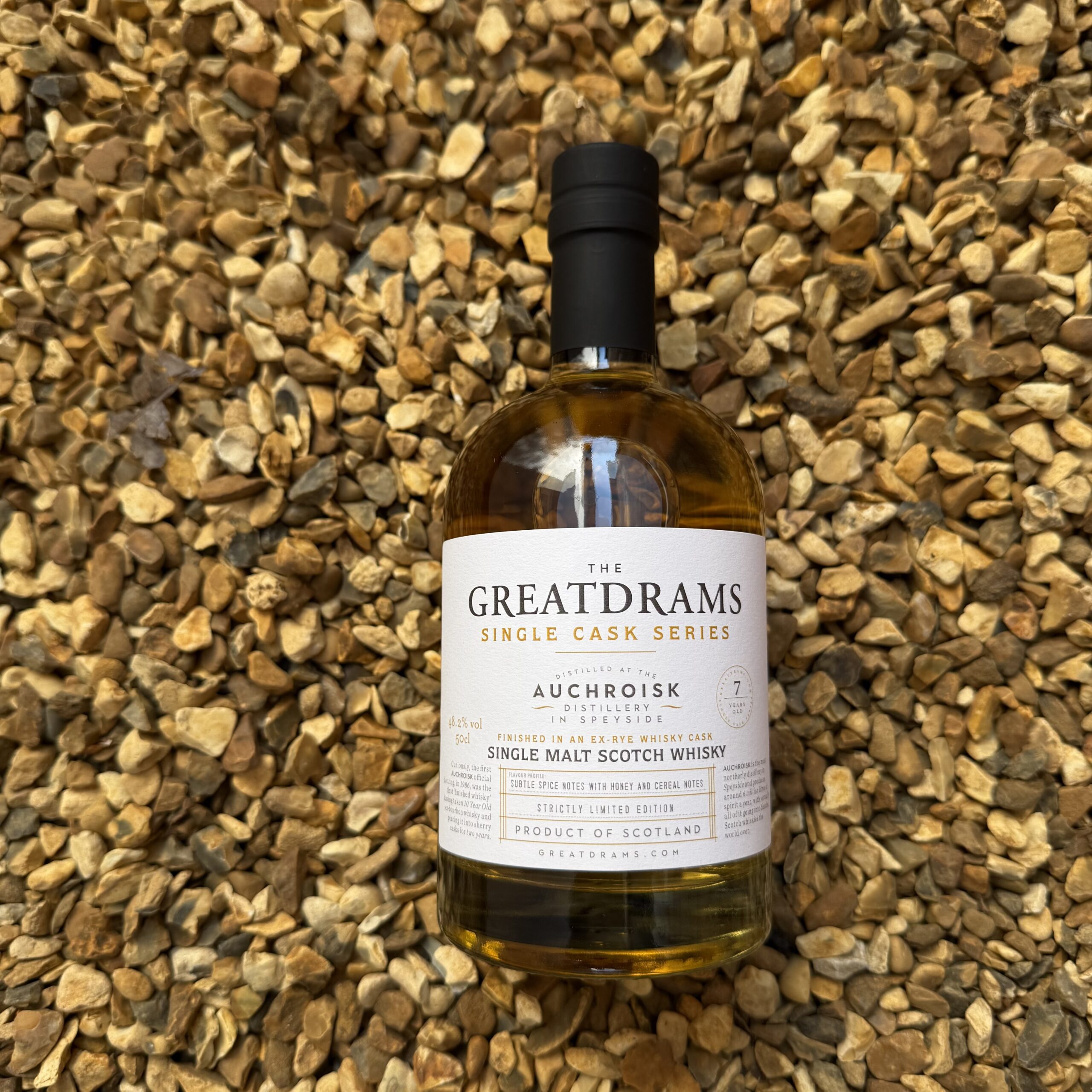Interview with Kentucky Master Distiller – Steve Beam
let’s begin
I was incredibly honoured recently when someone so respected in the bourbon industry, and world-renowned for what he does offered to give up his time to be asked a load of questions about whiskey. So below is a summary of my interview with Kentucky Master Distiller - Steve Beam.
So Steve, firstly, thank you for your time and I’m keen to know about the industry so, in your opinion, what state is the bourbon industry in today?
Amazing, so how does this differ from five and ten years ago?
Superb insight, fascinating stuff, and what is the UK’s appetite for bourbon looking like? Any surprises in where demand and intrigue is?
It appears to be part of a larger trend among millennials who see all things American as being cool, especially on a cultural level. The people who have turned London neighbourhoods such as Brixton, Shoreditch and Bermondsey into centres of “hipsterdom”. Movies, TV shows (Mad Men), rap, the proliferation of American food – high-end burgers and barbeque are popular – are all part of the this trend. Thus you have a younger, more experimental crowd coming to American whiskey, and they’re looking for something new and special.
What, in your opinion, will be the next big thing from the American whiskey industry?
Bourbon is here for the long haul, that said we will see Bottled-in-Bond play an increasingly important role. With the increase in craft distilleries I believe we will see more whiskies that experiment with grain, such as heirloom varieties, mash bills percentages and we will continue to see an interest in barrel finishing. American malt whiskey is certainly gaining interest as well.
In your opinion, what will the bourbon industry look like in ten years?
What is your proudest achievement in the bourbon industry?
Certainly, bringing the Yellowstone brand back home was one of my proudest moments. My Grandfather was the distiller there before prohibition and it played such an important role on both sides of my family. To be able to distil this again using the recipes and yeast that my Grandfather once did, is really a dream come true.
Which brands have surprised you with their products / approach / marketing?
One of the things in general that has surprised me is the interest in extra aged bourbon. Traditionally, and I am talking old school, all of the Master distillers I knew preferred bourbon from 6-12 years old. Anything over 15 was considered past its prime. So I have been surprised at the number of 12+ year old whiskeys out there. Kentucky Bourbon is forced into and out of the wood of the barrel each year, after 12 years the barrel has given up about all it can. I think people mistakenly compare the age of a good Scotch with the aging of bourbon.
Why is rye seeing such a focus at the minute? Do you think volumes could ever match that of bourbon?
Again, I think this goes back to the interest in classic cocktails. Rye holds up well, not being overshadowed by the components of cocktails. Rye on its own can be a bit aggressive for many folks so I question if it will ever meet the popularity that bourbon has. Our Minor Case rye with its sherry cask finish tames some of that aggressiveness, not only making a great cocktail, but is fantastic neat as well.
Again, I think this goes back to the interest in classic cocktails. Rye holds up well, not being overshadowed by the components of cocktails. Rye on its own can be a bit aggressive for many folks so I question if it will ever meet the popularity that bourbon has. Our Minor Case rye with its sherry cask finish tames some of that aggressiveness, not only making a great cocktail, but is fantastic neat as well.
With a big thanks to Steve Beam, Master Distiller.
What did you think of our interview with Steve Beam? Let us know in the comments!












